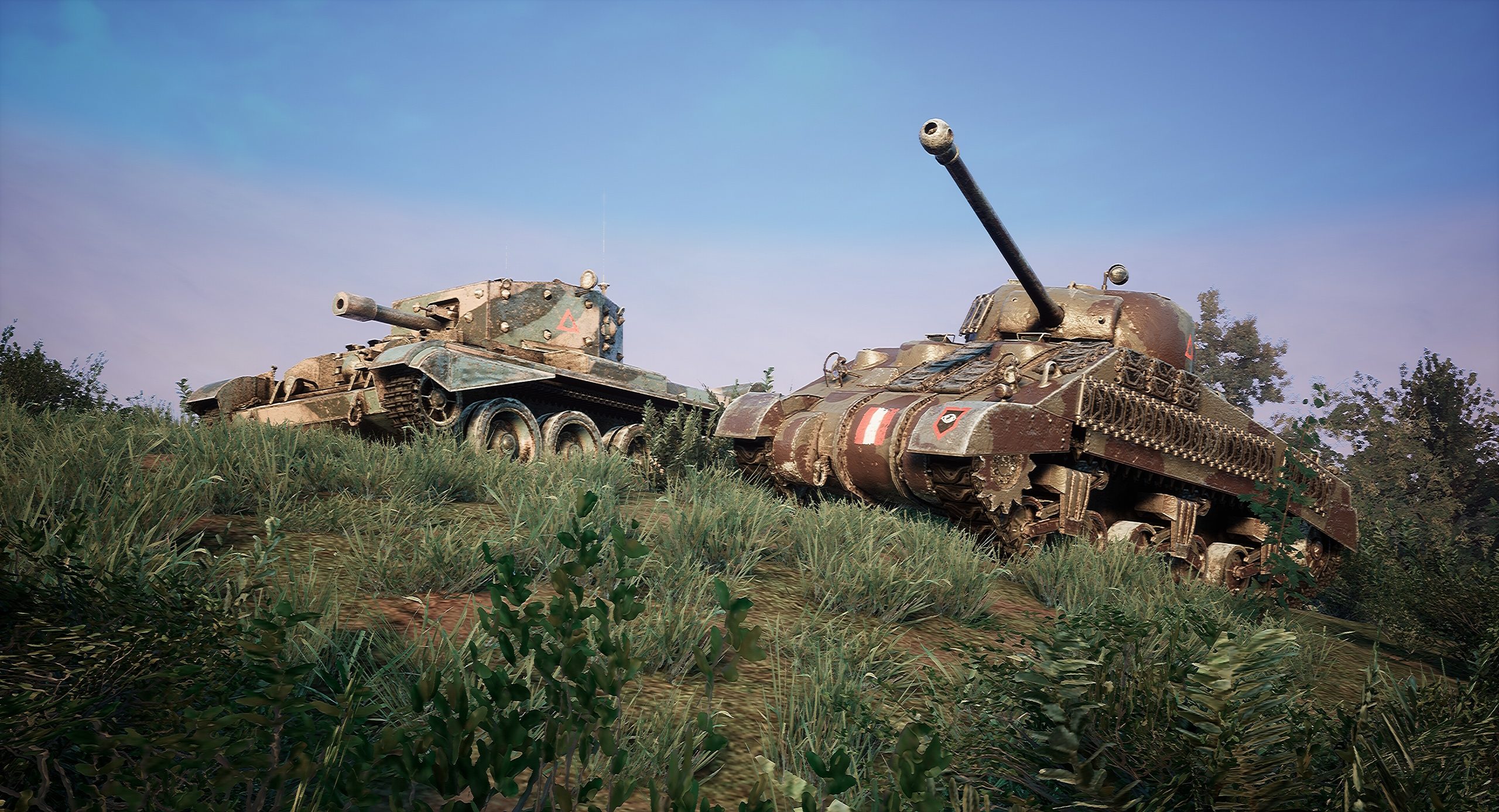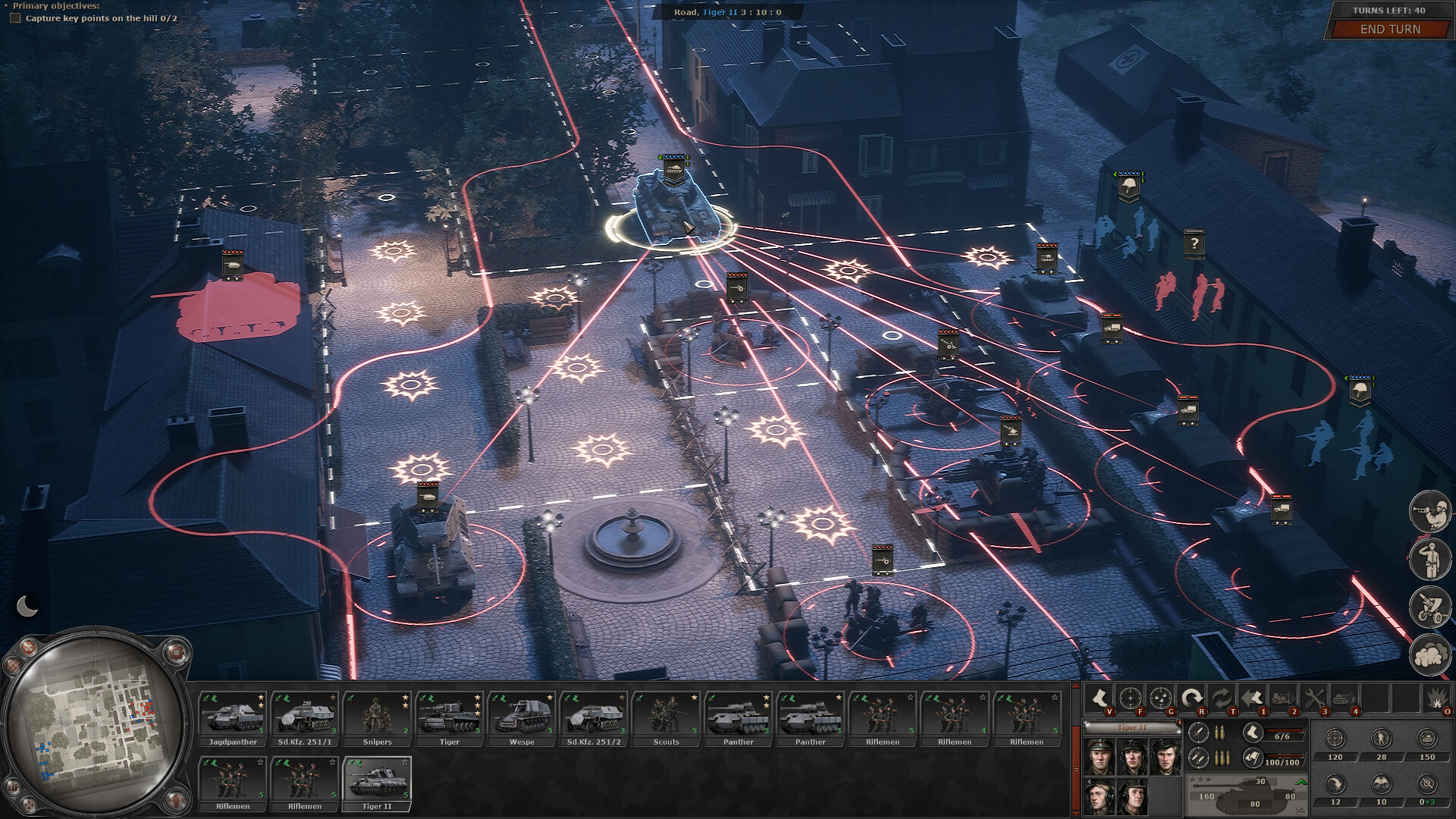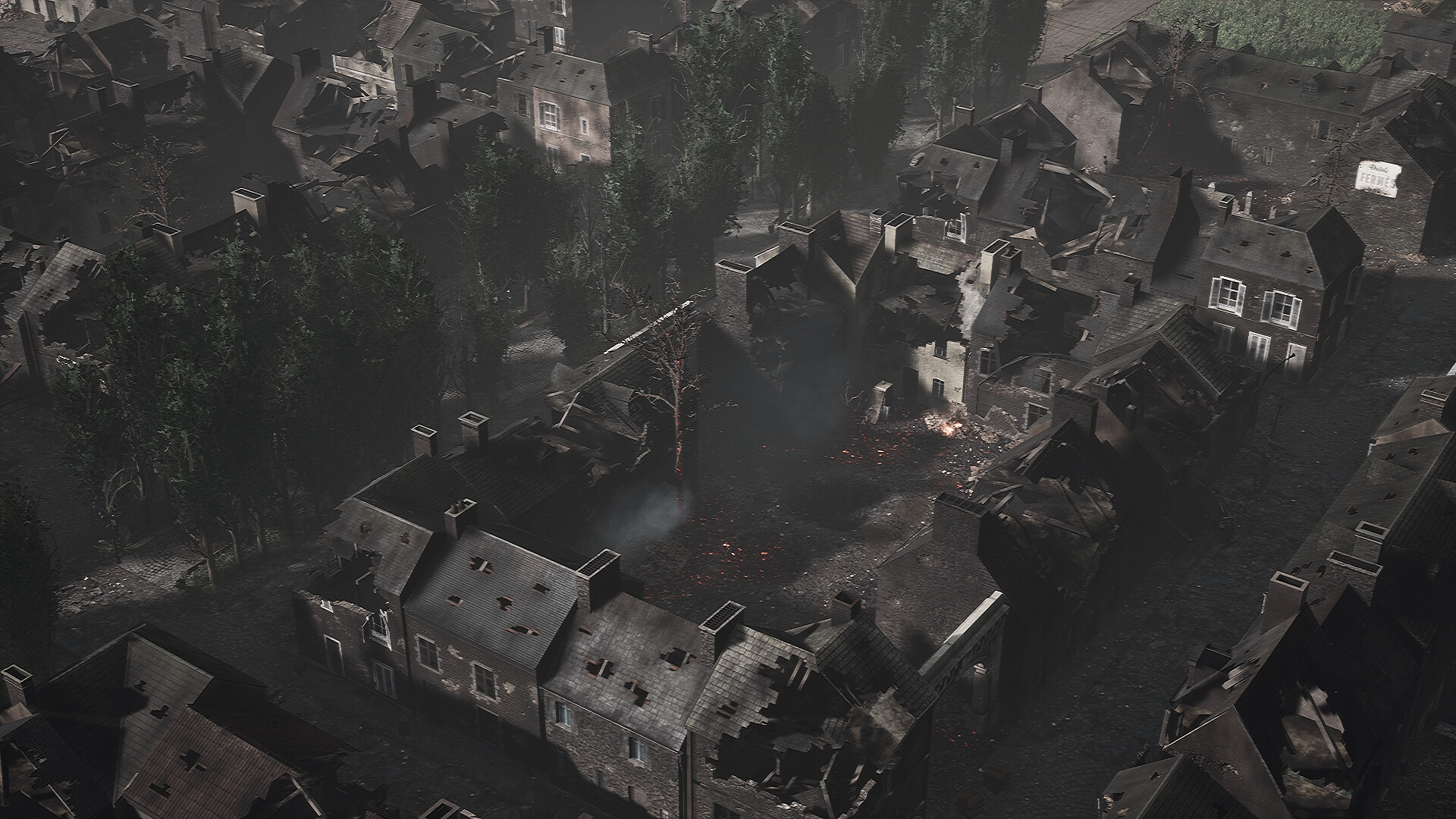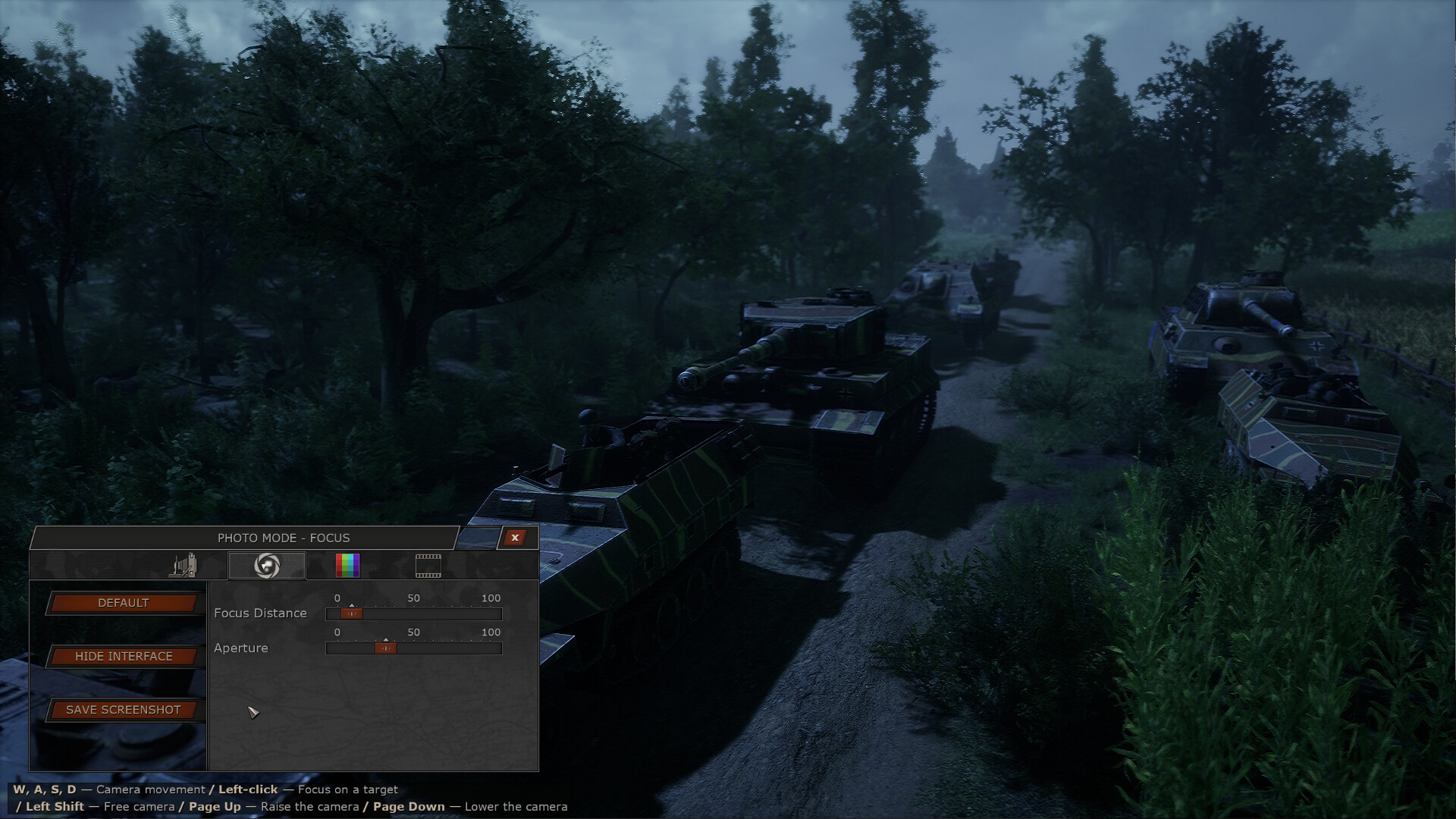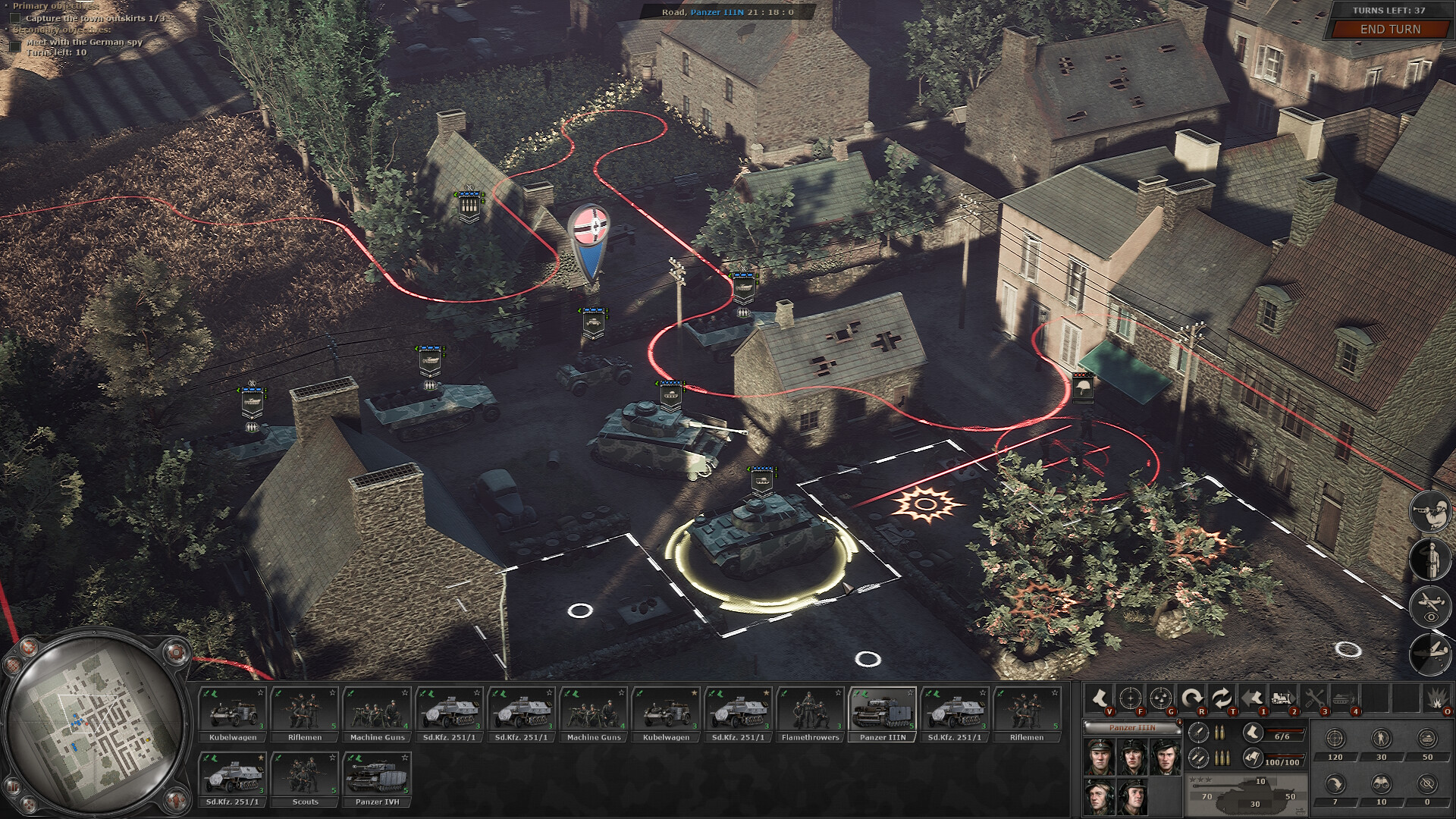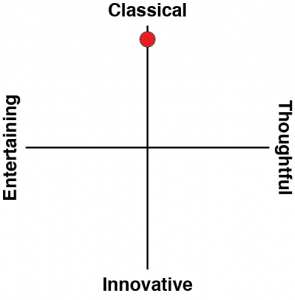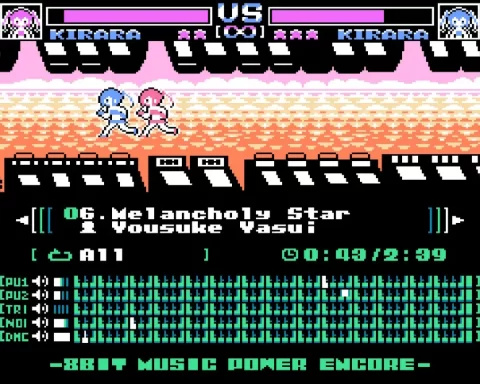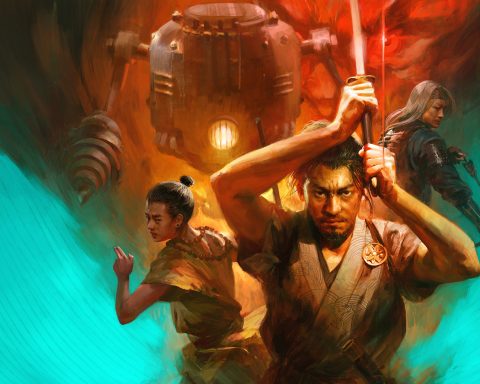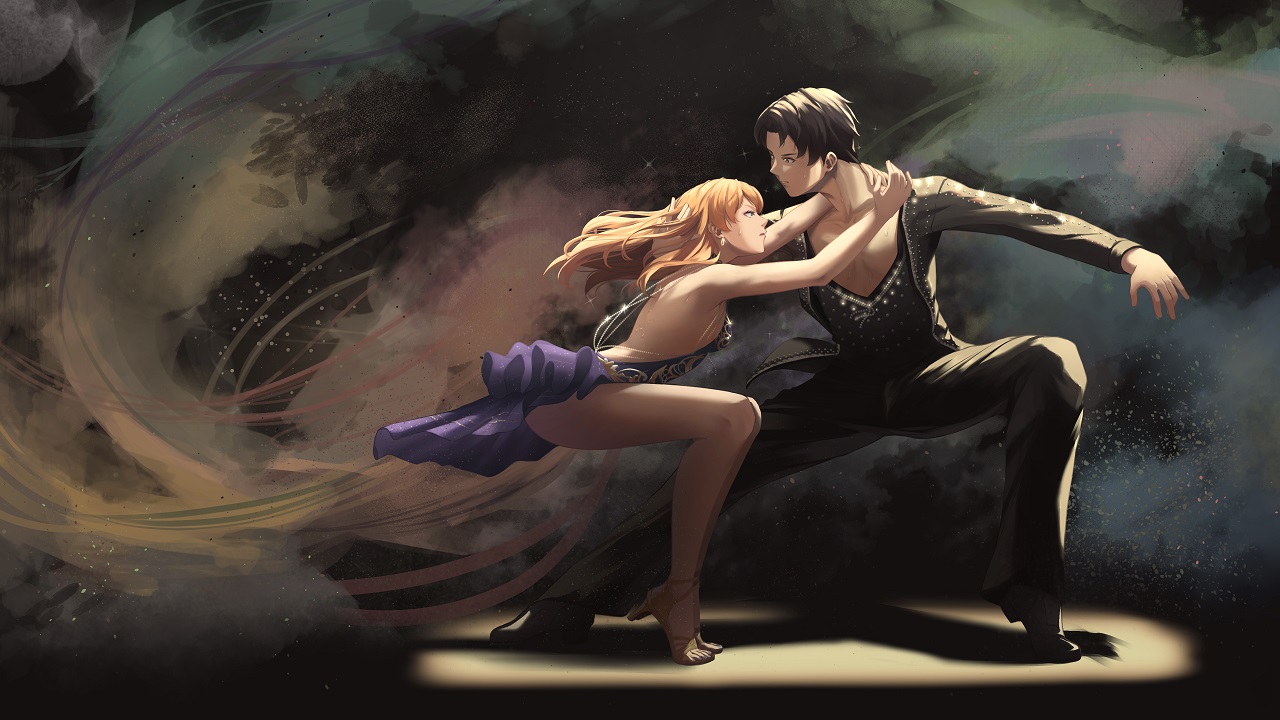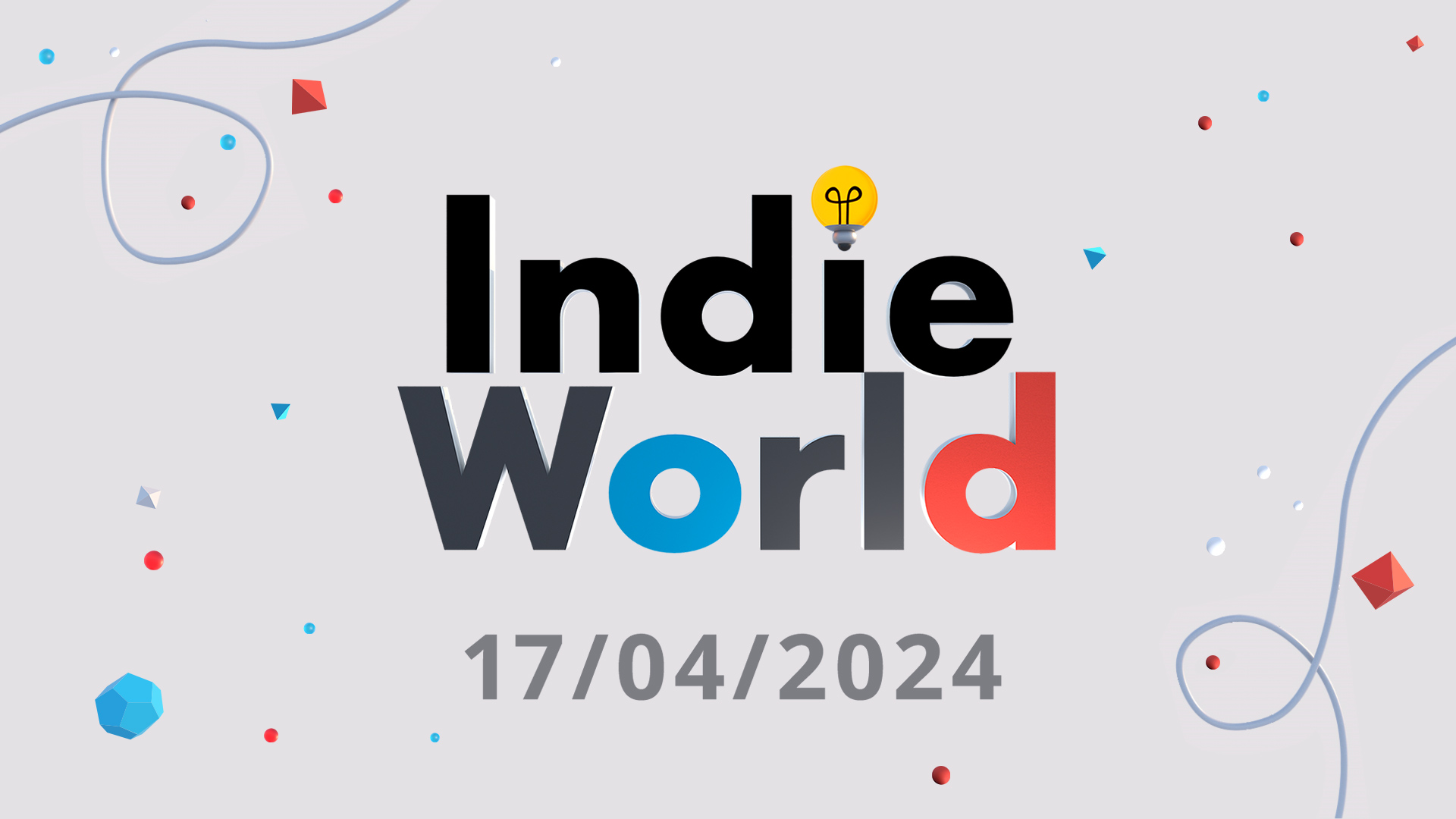World War 2 continues to be one of the most in-demand theatres of war for strategy and/or tactical games. That makes sense for many reasons: The battles themselves and the tactics that were on display lend themselves to video game mechanics in ways that other wars at around the same time (WW1, Vietnam, Korea) don’t. It also goes without saying that it was a particularly dramatic, desperate war, with so many famous battles.
It’s one of the most well-known conflicts, too. Unlike so many other wars you can assume that most players have a baseline understanding of what happened, saving you a lengthy and potentially customer-losing onboarding process.
Finally, you can shoot Nazis. You can decimate entire armies of Nazis. There are few greater thrills than that.
Over the years, Slitherine has firmly established itself as a leader in wargames based around World War 2. It’s just that they haven’t always been the most accessible, and do at times veer towards being so dry that they take the joy out of decimating the Nazis to replace it with a dry, near-academic analysis of the tactics. Thankfully Headquarters: World War 2 is not one of those. It bills itself as a “fast-paced tactical game,” that will allow you to play major campaigns across three different forces that participated in the war (America, UK, and, yes, you can play as the Germans). It delivers that, and is generally good fun (when fighting the Nazis) or interesting from a military strategy perspective (when playing as the Nazis).
While it does focus on the speed of play, what Headquarters does really well is capture some of the unique qualities of war in the era that could affect how battles play out. Infantry can stage attacks from buildings, for example, and line of sight means a whole lot, but also those buildings can be damaged. Tanks are powerful, but have vulnerabilities (most often with the armour in the back. Worse, if one of them does blow up on a bridge or in a narrow pass, they can really get in the way and slow an advance down.
There are also all the tactical rules that you’d expect in a serious strategy simulator. High ground matters a lot, making storming a beach every bit the nightmare for the attackers as they were in real life. Tanks and units have different roles within them, and when a unit takes damage and loses a specialist, its utility on the battlefield can be affected in different ways.
And so on and so forth. Headquarters eschews the grand strategy elements of many other WW2-themed games these days to keep the focus firmly on the battlefield, and the mechanics are taut around that experience. Each campaign has nine operations (i.e. “levels”), and then there’s a skirmish mode (for up to 2 x 2) and the ability to make and share your own maps. We’ve seen bigger games than Headquarters in terms of content, but everything that is in the game is well-tuned, well-designed, and well-balanced to be both tactically rich without being overbearingly complex.
Indeed, as a “gateway” drug into the more serious end of military strategy games Headquarters works nicely thanks to its skirmish-like speed and presentational values. This is a good-looking game, with some fun cinematic action shots thrown in to help showcase all the devastation happening around the firefights, and give you the visceral thrill of watching a tank blow up while looking down the barrel of the gun that did it. The destructible environments are particularly impactful, and watching a sleepy village slowly reduced to rubble as it becomes the centre of some fierce fighting is a tragic thing that the game’s engine depicts perfectly.
Unfortunately, what the developers dropped the ball on is storytelling. On that side of things, there are issues with voice acting and the general context given to each scenario and the broader conflict. The developers pretty clearly interpreted “fast play” to mean “efficient storytelling,” and so you’re going to need to fill in some blanks yourself to fully appreciate the action that’s unfolding in front of you.
It’s easy to say here that “people can just go and do their own research,” and that is true. There is so much information available about World War 2, from museums to books and other works of art that there’s no reason that anyone should need for a game like this to either dramatise or educate about the conflict. On the other hand, we live in an era where disinformation and jingoism are just starting to impact on our collective understanding of World War 2, and so I firmly believe that people working with this war for their art need to take leadership on it.
Case-in-point: Just today, as I write this, a large Romanian history Twitter account put up a Twitter post talking about the “Anti-Communist Resistance Movement” in Romania in 1944. The anti-Communism sentiment is riding pretty high right now around the globe, especially in nations that are close to Russia and who are watching the ongoing conflict in Ukraine. “Resisting the Soviets” is a source of national pride right across the Baltic states, Romania, and so on.
Except, of course, the post is deliberately overlooking why Romania was out there fighting the Soviets. It was the third largest European army in the Axis, and it was almost as enthusiastic a member as Italy and Germany itself. Romania back then was fascist, and the fact that this can be so comfortably glossed over is a problem. A problem that can only be solved by those producing content around the war going to the effort to inform and remind players of what really happened.
Sadly that’s hard to come by for so many reasons. The Allies in WW2, having won the good fight, subsequently used it for jingoistic purposes and built an image of the English and American armies being paragons of virtue, which is simply not reality. The Soviets are overlooked, if not demonised, despite being critical to the success of the Allies in the war. The point here is that it’s not really good enough to produce games, films, books or whatever else about WW2 without properly contextualising it, because otherwise it becomes a tool for propaganda, and we’re not going to like where that heads. Headquarters should have done better here.
I would also like to see Slitherine, as one of the highest profile publishers of World War 2-based war games, do something to remind people that there was more to it than the US, England and Germany locking weapons. A campaign around the Romanian campaigns would be particularly useful, at a time when certain groups are trying hard to lionise the exploits of the Romanian army. Ditto the conflicts in Finland, or even Thailand – people almost always forget that Thailand was part of the Axis too. If we as a society have any hope of remembering the full context of that war, it needs to start with how popular culture depicts it.
I know I went on a tangent there, but I think it’s important: The way the video game industry treats World War 2 is terrible. Headquarters: World War 2 is a good, fast-moving and tactically interesting strategy game. But it is yet again treading over the same selective memory of World War 2, and doing so without a critical or contemplative eye. As well-made as it is, it’s not really doing much to help it stand out from the million other WW2-based games where you get to shoot Nazis as American and British soldiers.
Buy the hottest games with Amazon.
By purchasing from this link, you support DDNet.
Each sale earns us a small commission.
